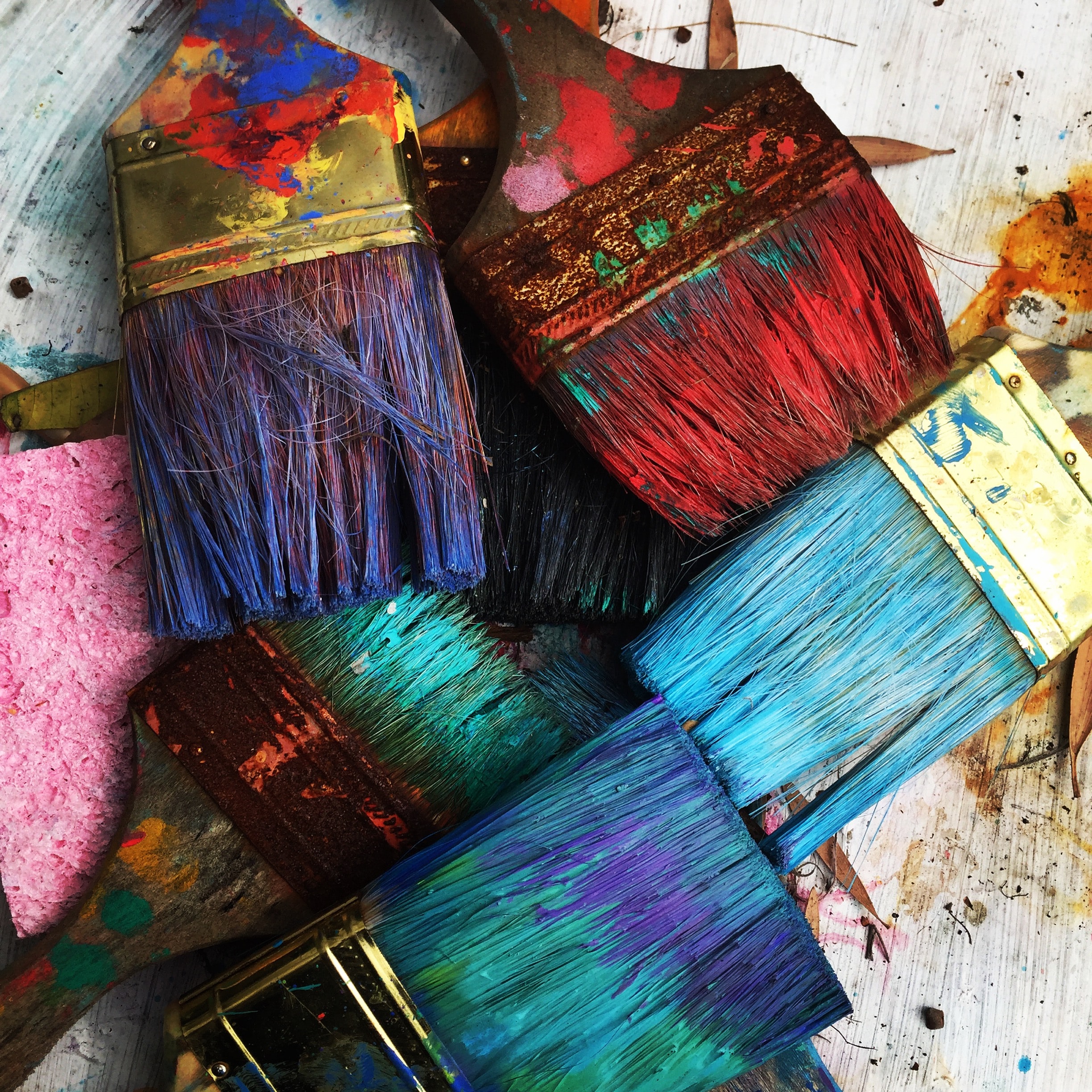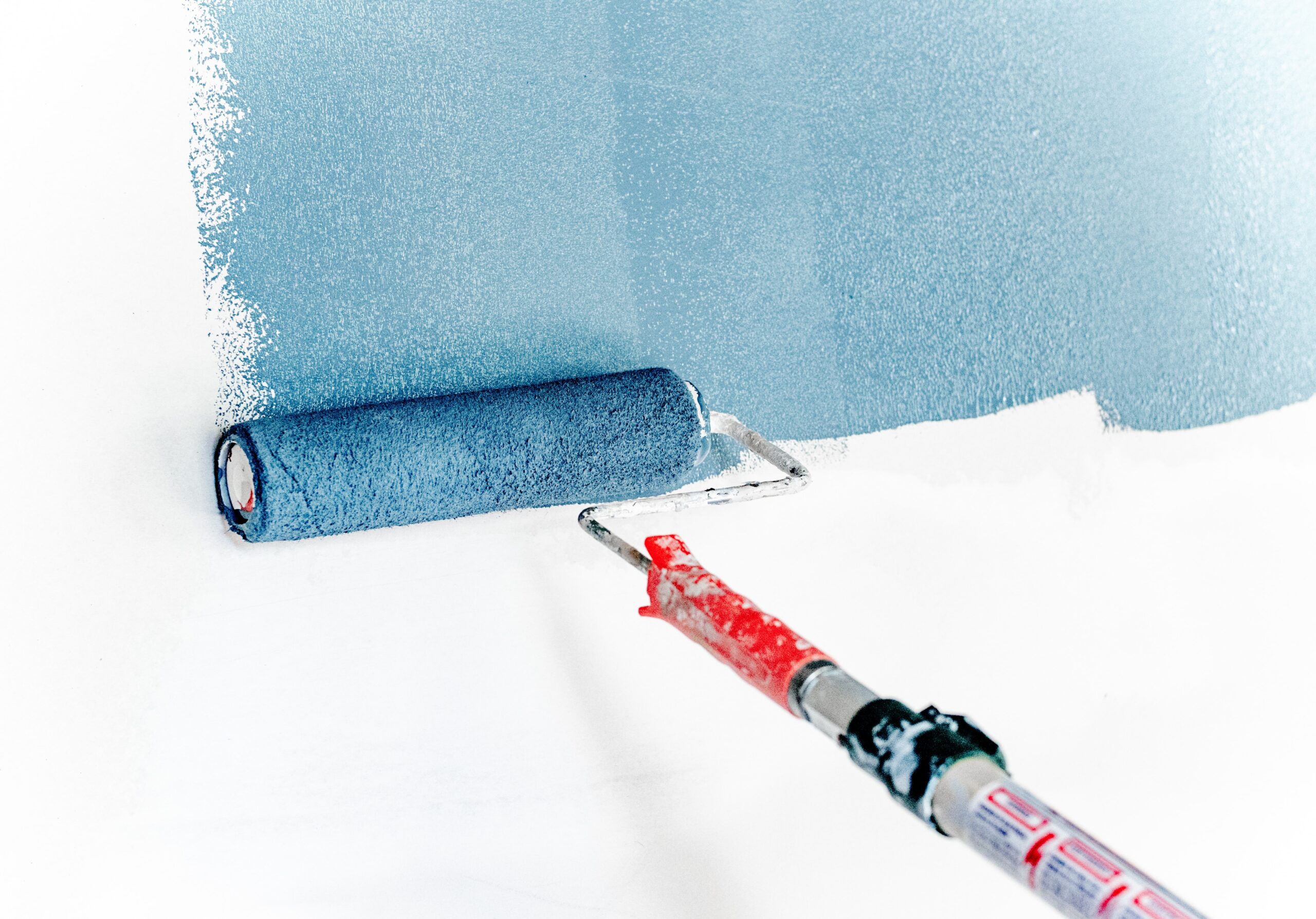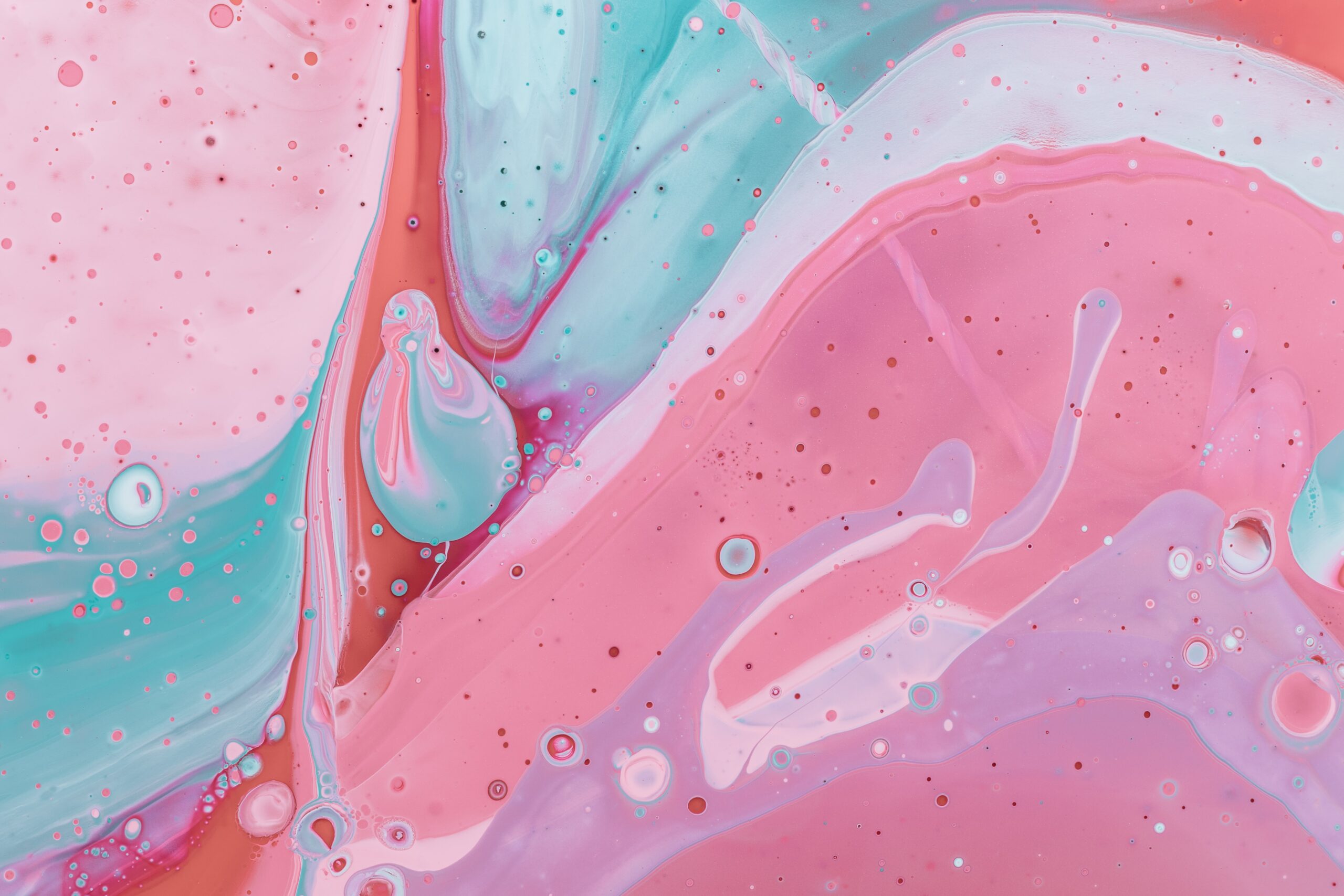Not all are compelled to begin with easy and simple techniques right? Well, if you are confident enough, you can handle any advanced project by considering the correct techniques. That said, if you are looking for ways to begin with an advanced Faux Painting Technique, here’s a guide stating the same. Let’s begin.
Advanced Techniques
1) Marbleizing
Marbleizing denotes a paint finish that is similar to real marble. Doing this faux finishes paint requires extreme patience. You should be highly careful and use deliberate strokes else you might end up risking a wall that looks like cracked marble.
While Marbleizing your walls, begin with a coat of primer. Apply a base color coat or satin paint. Apply another painting in a light hue shade. Dab it into a darker shade. Smudge it and let it dry. Next, take a paintbrush and draw thin swirls like marble throughout the wall. Ensure using neural hues like black or white. Try mimicking human veins. After they dry, paint your walls with a glaze following a sealant.
2) Wall Stripes
Initially, wall stripes might look simple. However, this needs a steady hand. Select at least 2 hues of paint. Later, figure out if you wish to have vertical stripes or horizontal stripes. Measure the stripe’s areas and mark the locations. After this stage, apply painter’s tape to each one carefully. Paint around and over the tape. Next, remove the tape when dry. Next, it’s time to make use of other hue paints to give a dimension.
You can add geometric shape tapes like triangles or diamonds to your walls to get beautiful faux finish paint surrey.
3) Furniture Painting Techniques
Now, don’t think that Faux painting is limited to walls and ceilings only. Several DIYers renovate outdated furniture with Faux paint. Now, when it comes to old, aged, or worn furniture, natural crackling is an excellent option for DIYers.
While crackling furniture, begin with applying a base coat. Add a touch of antique-style crackle finish product upon drying. Next, add another coat of paint having a flat finish. Ensure waiting for a week before applying a sealant. This allows the paint to lock in. Hence, the faux finishes paint does not look peeled or cracked or chipped in real. Some excellent options include clear waxes and finishing creams.
Another beautiful way to uplift the curb appeal of your furniture is antiquing. You require nothing but a glaze and base paint to complete it. It works even better if you go for rich earth tones over light shades of hue. At this stage, apply a mix of glaze and paint. Make sure you use 2 parts of glaze for 1 part of paint. Let it dry. Take a rag and start making long and smooth strokes around the surface unless you get the look that you desire. In the end, don’t forget to add a sealant. This is to protect the antique faux finish paint surrey once you are done.
4) Stenciling
Generally, stenciling improves the look of the furniture. However, it requires a little artistic talent. In case you are capable of applying paint inside the lines of a decorative cutout, you can stencil the tables and dressers. Besides, stenciling is another excellent option for people who wish to create an illusion of smaller objects appearing larger. For example, a tiny window frame. Stenciling around the frame helps the window appear bigger.
5) Wood Graining
If you want to grab the look of wooden furniture, try Wood graining. This is usually a highly preferable option for most people because of the rich and antique finish that it provides. Begin with a thin coat of paint in the hue that you prefer. Next, add a thin coat of glaze when the finish dries. Next, take a wood grain rocker and smoothen it across the glaze unless the product resembles a traditional wooden grain. You can even try this on doors.
What’s The Take?
Faux finishes paint allows you to customize the entire look of your house with basic supplies but brilliant techniques. However, before giving up, try connecting with a professional to get your painting done with a smooth and clear finish. Hiring a professional offers a better finish as compared to paints that are done with DIY or non-professional techniques.



